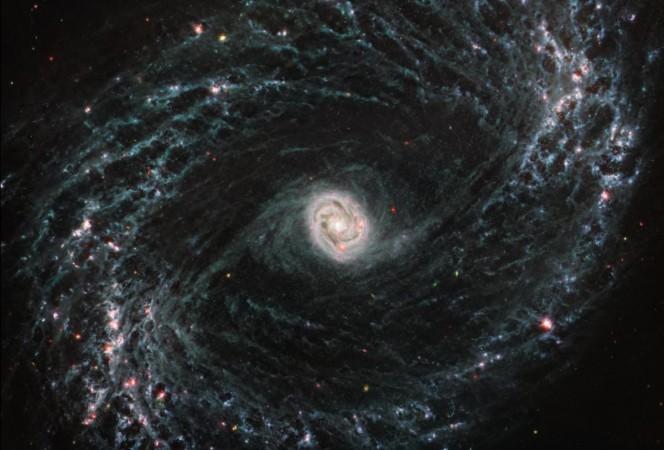United States space agency NASA has identified a sensor defect in the principal instrument of the James Webb Telescope, which has offered humans miraculous views of space beyond the limits.
According to an IANS report, NASA and its partners are conducting a probe into the complications of the telescope.

The malfunction with the telescope was found during a routine performance monitoring and calibration of all 17 observing modes of the telescope.
The officials found out a discrepancy in data and zeroed in on a mode of Mid-Infrared Instrument's (MIRI) Medium Resolution Spectroscopy (MRS). It was also detected that the mode was receiving less sensor throughput which was less than the expected amount of light -at the longest wavelengths. However, no complications were found out for MIRI imaging and the instrument.
"Analysis of MIRI's Medium Resolution Spectroscopy (MRS) mode revealed that at the longest wavelengths, the throughput, or the amount of light that is ultimately registered by MIRI's sensors, has decreased since commissioning last year," officials said.
Fortunately, all the other observation modes within MIRI and other scientific instruments remains the same.
As per the plans, the web team will continue MIRI observations and will collect the ground test and flight data to assess the MRS performance.
IANS reported that this particular mode of observation will be utilized to identify the nature of the issue with the telescope.
The team has informed that they are enquiring into the problem, identifying the risk and finding out solutions respectively. One of them includes taking slightly longer exposures at the affected wavelengths to increase the signal-to-noise.
This was not the first time that the MIRI faced such a complication with the MRS. Last year the instrument had a stuck with the grating wheel that continued for a few months but MIRI was still able to observe in other modes.

















